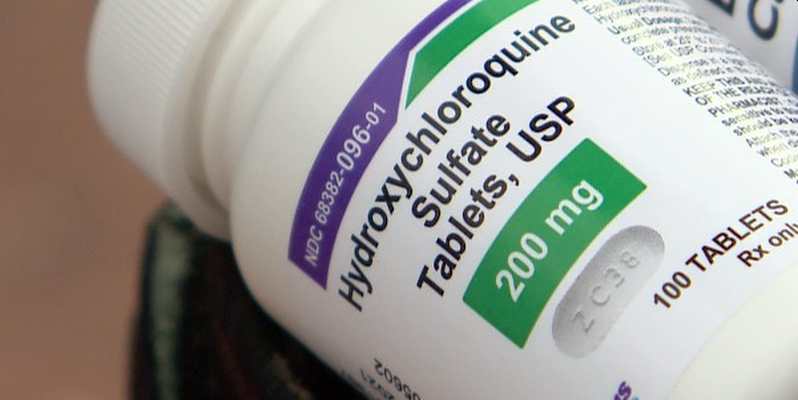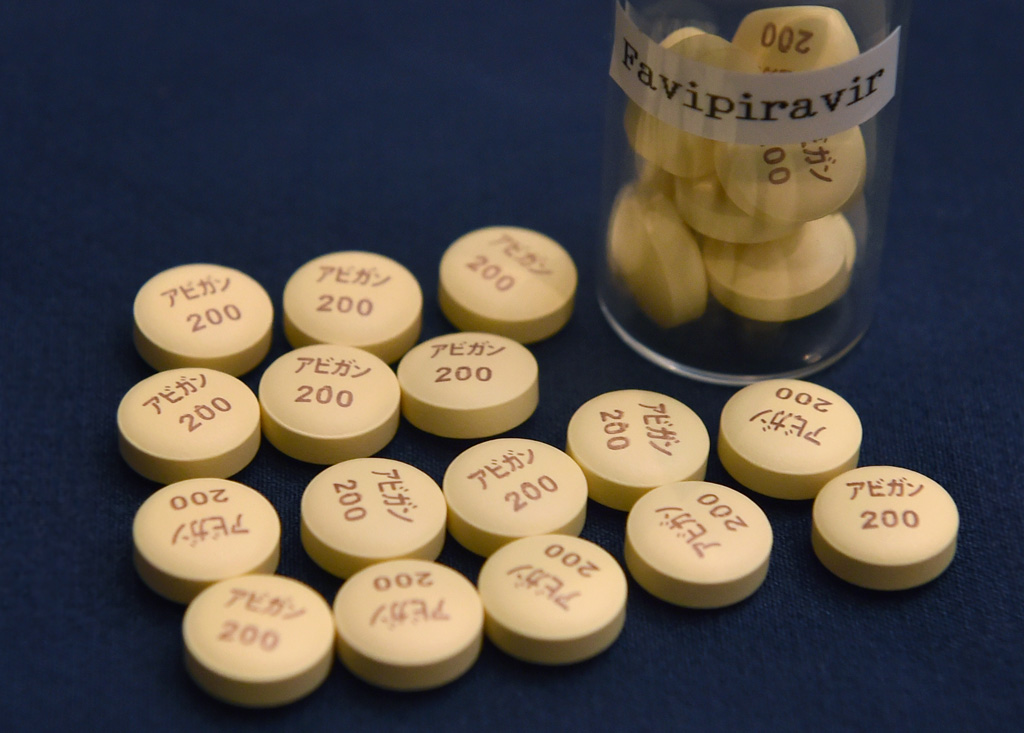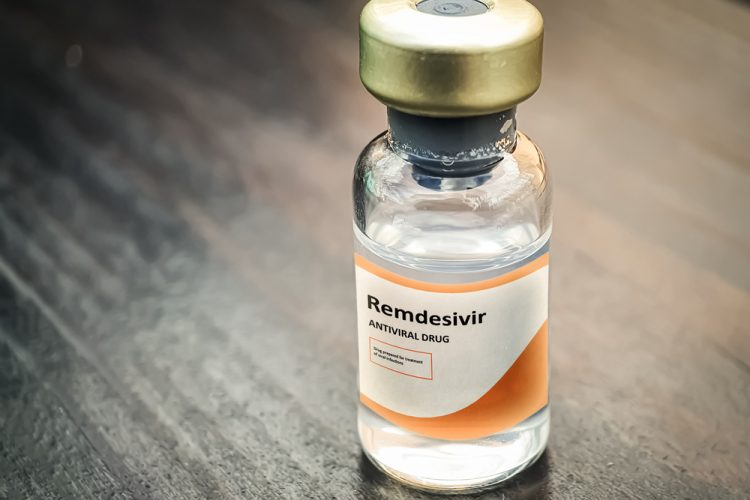COVID-19’s impact on MSMEs: What to brace for and how to cope
By Adrian Paul B. Conoza
Special Features Writer, BusinessWorld
In a matter of months, the coronavirus disease 2019 (COVID-19) has greatly affected businesses, especially micro, small, and medium enterprises (MSMEs), which comprise the majority of all businesses in the country. With the enhanced community quarantine (ECQ) forcing most establishments to close, MSMEs are struggling to cope with the crisis caused by the pandemic.
Jorge Noel Wieneke, president of the Association of Filipino Franchisers, Inc. (AFFI) and president and CEO of Tokyo Tempura, has observed that the MSME sector is severely hit by the COVID-19 crisis, as no cash flow is coming in even before the ECQ started.
“If we don’t have cash flow, we can’t pay for our rent, we can’t pay for our inventory, and we can’t pay for labor too,” Mr. Wieneke told BusinessWorld in a phone interview.
Likewise, RJ Ledesma, co-founder of the Mercato Centrale food market and Easy Franchise and EnterPH platforms, sees zero sales coupled with continued costs (i.e., rentals) as the most devastating impact brought about by the COVID crisis on MSMEs.
“If we do continued rental, especially for those based in malls or those who have got leases, that’s going to be a very big problem, especially if we’re made to pay for the period of time we were unable to use our space,” Mr. Ledesma told BusinessWorld in another interview. “And even if they open up the malls, there’s still no foot traffic, because of the fear of contracting the virus and the need for social distancing.”
Mr. Wieneke also sees this challenge after the ECQ is lifted. “The consumer’s confidence to go back to the mall and buy products is something we worry about. It will not be the same until we have a COVID-free Philippines and until we have a vaccine,” he said.
The AFFI president added that the crisis has impacted MSMEs in terms of unemployment, since the lack of cash flow will force businesses in the sector to lay off employees and hence cut labor cost.
Government’s action
In an effort to support MSMEs during the COVID-19 crisis, the government — through the Department of Trade and Industry (DTI) — rolled out certain measures.
DTI released earlier this month a memorandum circular which grants a minimum of 30 days grace period for commercial rents falling due upon MSMEs that have temporarily ceased operations within the ECQ period, without incurring interests, penalties, fees, and other charges.
Furthermore, DTI’s financing arm, the Small Business Corporation (SB Corporation), is setting up a P1 billion Enterprise Rehabilitation Financing facility under the Pondo sa Pagbabago at Pag-asenso. Micro and small enterprises operating for at least one year prior to March 2020 that suffered drastic reduction during the pandemic may access the loan fund. Micro enterprises, in particular, may borrow as much as P200,000, while small enterprises may borrow up to P500,000.
The interest rate shall be at 0.5% per month, the financial arm added, and grace period on payments shall be given until such time that the economic crisis has abated.
SB Corporation also offers a one-month moratorium on loan payments covering the period of March 16 to April 14 to its MSME borrowers and partner financial institutions.
Mr. Ledesma finds SB Corporation’s loan fund a laudable effort, but for him, the interest rates are still very high. “For any recovering business that has not made any money, then you still have that sort of additional debt — that makes it very difficult,” he said.
He suggests that interest-free loans should be given to MSMEs, like what Japan has done since March.
“[T]here’s a big amount of money, and [the government is] giving it to low-income families to spend. But the concern is that many of these low-income workers work for MSMEs,” Mr. Ledesma explained. “And MSMEs comprise about 99.6% of the businesses here in the Philippines. So, if you give the money [for] them to spend, [yet] don’t support the MSMEs, it’s going to be difficult. Nothing’s going to be sustainable.”
Giving MSMEs tax credits can also greatly help the sector, he added. “They really need a lot of money to restart their company because they’re starting from almost zero.”
Mr. Wieneke, meanwhile, listed several tax relief initiatives the government should consider: general tax amnesty, lowering of corporate income tax, tax credit or rebate for employees, tax holiday for MSMEs, and no audit program for compliant taxpayers.
The AFFI president also hopes that instead of paying original rent, MSMEs will be given a ‘recovery rent’ based on a percentage, since people will likely not return to the malls at once. He also calls for financial institutions to be lenient in loans by giving out ‘recovery loans’ to help gravely-hit entrepreneurs.
Taking opportunities
As the COVID-19 crisis challenges entrepreneurs, they can nonetheless address its effects on their businesses, as well as grab opportunities during the ECQ.
Citing ideas from Kenn Costalles, owner of Monolith Growth Consulting, Mr. Ledesma suggests that MSMEs should start minimizing their inventory, accounts receivable, and accounts payable.
Moreover, entrepreneurs should have what is called the beginner’s mindset, where one determines which aspects of the business are essential for income generation in a given situation.
“Whether you like it or not, you might… not need HR for the moment, or you might not need IT as much, or you might not need admin and finance as much,” he explained. “Maybe you can outsource those or you can turn them over to consultants who can run them over for you because you don’t need them on a day-to-day basis for the business.”
Furthermore, he sees digital transformation playing a vital role in pivoting the business model during the crisis.
Mercato Centrale currently shifts its business from a physical space to a digital one through an online food delivery service, its co-founder shared.
“Digital transformation, or bringing aspects of your business online, has become key, whether it is from a marketing standpoint, from an order-taking standpoint, from a payment standpoint, from a delivery standpoint, and even from a work standpoint,” Mr. Ledesma noted.
Delivery is also an opportunity Mr. Wieneke taps for his business, as they currently deliver a home kit consisting of 80 pieces of shrimps, a pack each of batter mix and flour mix, and a litter of tempura sauce to the homes of their customers.
He also finds selling on social media an additional opportunity during these times, and he further suggests that such opportunities should be tied-in with services such as Angkas, GrabFood, foodpanda, and Lalafood.
“Besides, if all of us will venture in delivery, these services themselves will benefit,” he said.
Bouncing back
As much as the COVID-19 crisis has suddenly changed the country’s economic situation, economic activities are expected to be altered after the crisis.
Mr. Wieneke finds the “new normal” gives entrepreneurs more protocols to follow, such as wearing masks and distancing from each other at work. He also sees consumers becoming very conservative in their buying habits even after the ECQ.
He advises entrepreneurs five things they should do to cope with the effects of the pandemic on their businesses: accept the new reality caused by the crisis; assess the damages and the funds they need to bounce back; negotiate to banks for restructuring loans, to landlords for lowering rents, and to employees for their salaries; replan and innovate their businesses; and pray for guidance and protection.
Mr. Ledesma, on the other hand, advises entrepreneurs to maintain a “resiliency” mindset, keeping in mind that in every crisis there is an opportunity.
“During this crisis, it’s a bit difficult, but it really stretches your entrepreneurial thinking, and it challenges you to think: ‘Okay, it’s crisis right now, but what are the opportunities that we’re seeing? Where can we grow our business? Where can we solve the problem and at the same time earn money from it?’,” he said.
He added that while this crisis has made entrepreneurs feel helpless, finding opportunities can bring them hope, like the one he found when Mercato Centrale has to pivot into a delivery format.
“That’s one of the redeeming things about this crisis, that there will be more businesses that might emerge [and] help make our businesses more crisis-proof and ready for a post-COVID world,” Mr. Ledesma said.








